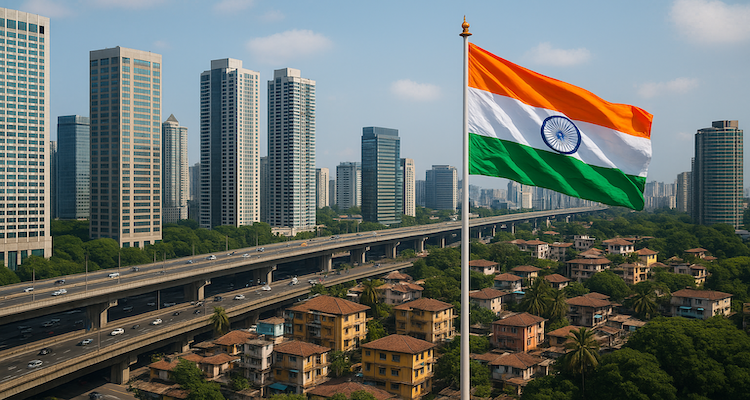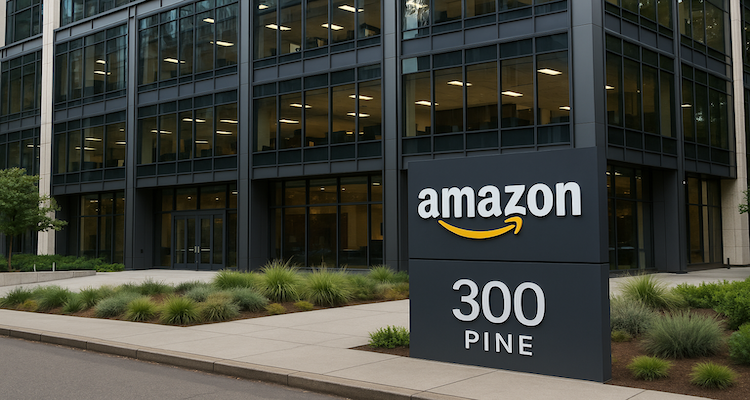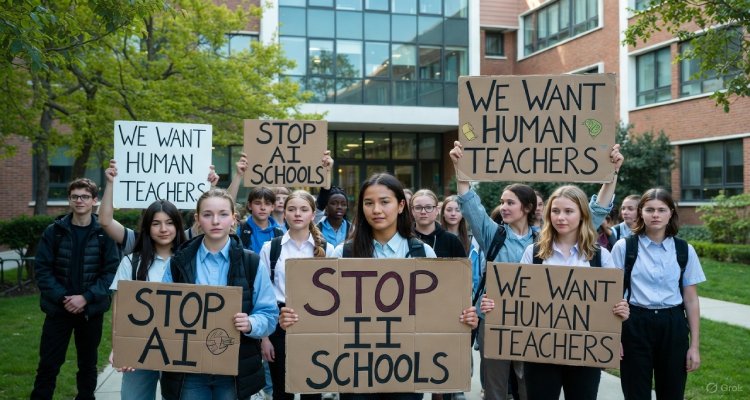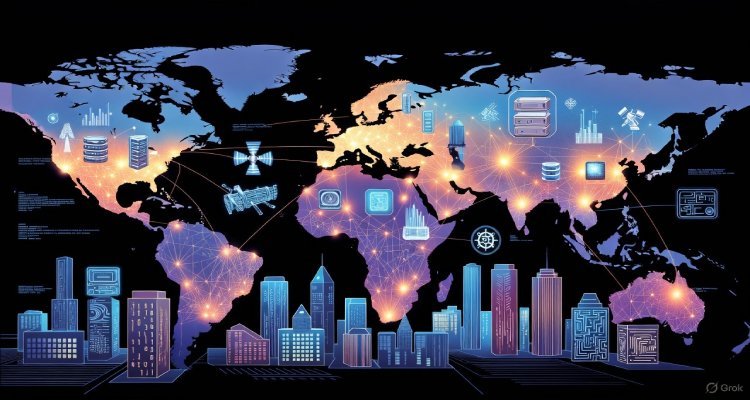The Strange Science of Lifestyle Loneliness
A deep investigation into “lifestyle loneliness,” a growing social phenomenon shaped by modern routines, digital habits, and shifting cultural expectations.
Introduction (Hook)
On a quiet Tuesday evening in Manhattan, 34-year-old product designer Alina Chen realized she had spoken fewer than 200 words aloud that entire day. She exercised alone, ordered lunch without human interaction, attended meetings on mute, and ended the night scrolling through endless content—surrounded by people online yet emotionally stranded.
Her experience isn’t unusual. Researchers now call it “lifestyle loneliness,” a new wave of isolation created not by lack of people, but by the structures of modern living.
Context & Background: When Routine Becomes Isolation
Traditional loneliness has long been associated with aging, illness, or social withdrawal. But over the past decade, psychologists have observed a subtler, more pervasive form: loneliness built unintentionally into daily habits.
This form of isolation doesn’t always arise from emotional distress; it often emerges from:
- Remote work schedules that reduce daily casual interactions
- Fitness routines done solo, guided by apps rather than communities
- Digital communication habits that replace in-person presence
- Urban living where independence is prized over interdependence
- Hyper-individualistic culture encouraging self-sufficiency over shared life
According to social behavior analysts, lifestyle loneliness has become particularly common among people who are otherwise busy, connected, and successful—yet structurally isolated by the routines that define their lives.
Main Developments: Why Modern Life Is Rewiring Human Connection
Unlike clinical loneliness, which is rooted in emotional or psychological needs, lifestyle loneliness is environmental—created unintentionally by the way we live.
Remote Work and the Vanishing Third Place
Sociologists argue that the disappearance of “third places”—spaces like cafés, libraries, and community centers where people casually gather—has accelerated this trend. Remote workers now move between only two environments: home and the digital workspace, leaving little room for organic social contact.
Efficiency Culture Replacing Human Contact
Grocery shopping became delivery. Banking became automated. Fitness became virtual. Convenience has come at the cost of small human interactions that once acted as social “micro-connectors.”
The Rise of the Algorithmic Social Life
Digital platforms give the illusion of constant connection, but psychologists warn that algorithm-driven interactions can dull social skills and reduce motivation to nurture real relationships.
“People feel socially full but emotionally empty,” one researcher explained in a recent behavioral study.
A Loneliness Hidden in Plain Sight
Because individuals experiencing lifestyle loneliness may appear productive and engaged, the issue often goes unnoticed. Many describe it as a dull ache rather than deep sadness—a quiet disconnection that grows slowly over time.
Expert Insight & Public Reaction
What Scientists Are Observing
Dr. Elena Ortez, a behavioral scientist at the University of Michigan, says lifestyle loneliness is “a modern mismatch between human biology and modern routines.”
“We are wired for social rhythm—shared meals, synchronized tasks, communal activities. When life becomes hyper-individual, loneliness becomes a side effect.”
Voices From the Public
On social platforms, thousands share similar stories:
- People who haven’t made new friends in years
- Young professionals who socialize only through headphones
- Urban residents surrounded by millions yet feeling unseen
A tech consultant in Los Angeles summed it up:
“I talk to my dog more than I talk to people.”
Impact & Implications: What Happens Next?
Mental Health Consequences
Lifestyle loneliness isn’t always severe, but its long-term effects can be significant. Research suggests it may increase stress, reduce cognitive resilience, and contribute to sleep disturbances. Some studies link chronic loneliness to heart disease and weakened immunity.
Economic and Workplace Effects
Companies are now confronting the unintended consequences of remote culture. Some organizations have introduced “in-person days” not for productivity, but for social wellness—recognizing that healthier employees collaborate better.
Cultural Shift Toward Micro-Community
Across major US cities, a counter-movement is emerging:
- Co-working collectives offering social hours
- Community fitness groups replacing app-based workouts
- Neighborhood clubs for book exchanges, cooking, or local activism
These micro-communities reflect an evolving understanding that belonging doesn’t always require deep emotional bonds—sometimes it’s just about consistent, low-stakes social presence.
A Reassessment of Modern Independence
The next decade may force a cultural reckoning. Americans are proud of individualism, but lifestyle loneliness may push society to redefine independence—not as isolation, but as balanced autonomy supported by shared life.
Conclusion
Lifestyle loneliness isn’t rooted in tragedy or loss; it’s built into the architecture of modern living. It’s the quiet side effect of convenience, efficiency, and hyper-independence.
As more people recognize the subtle ways modern routines isolate us, a new conversation is emerging about how to rebuild everyday connection—intentionally, socially, and sustainably.
The science is clear: humans don’t just need people during crises. We need people woven into the simple moments of life.
Disclaimer :This article is for informational and educational purposes only. It does not provide medical, psychological, or therapeutic advice. Readers experiencing persistent loneliness or emotional distress should consult a qualified mental health professional.










